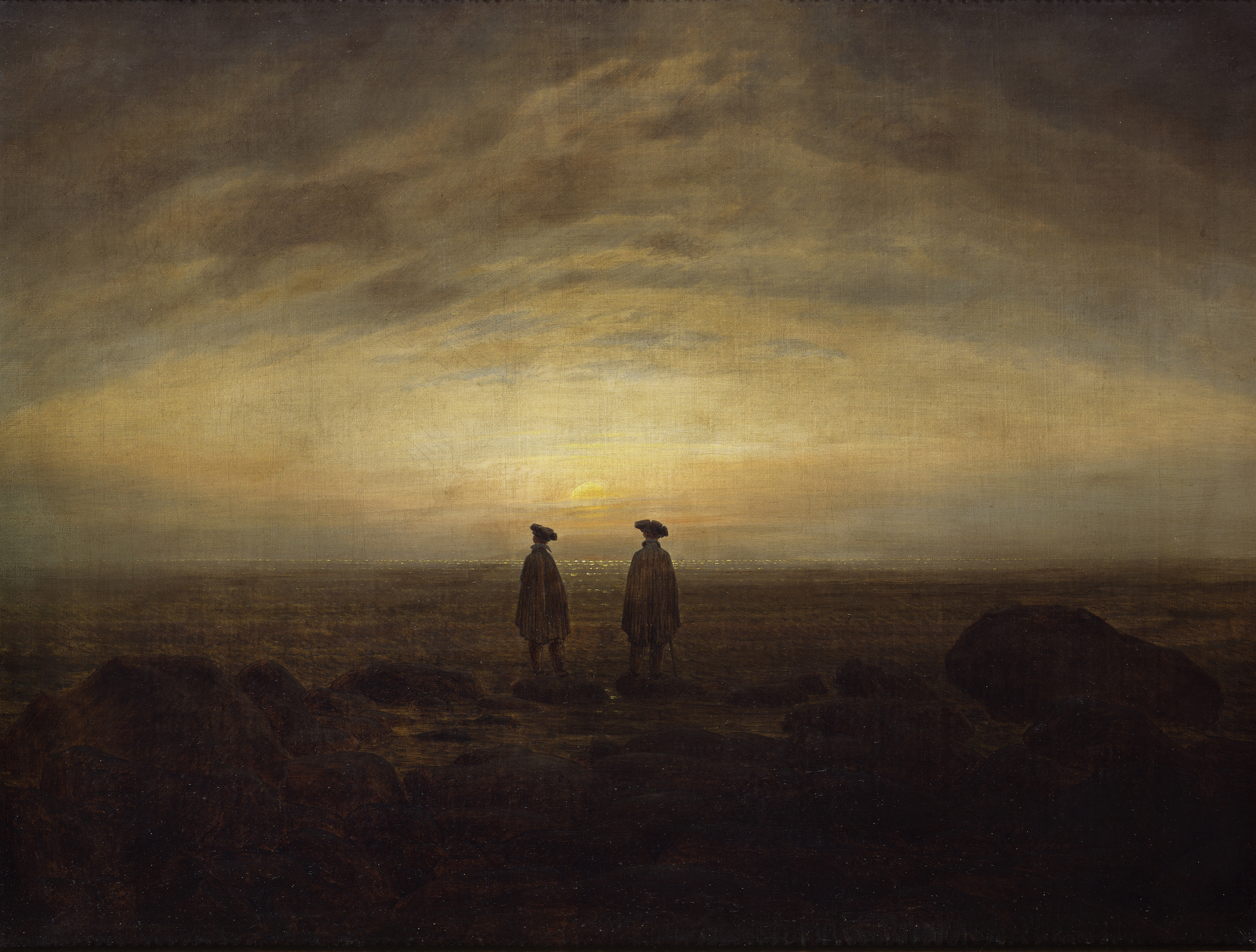“To the fairytale view, the cloud is not only a castle or an icy mountain, it is also an island in the sea of heaven or a ship, and the blue sky in which it sails reflects the ocean.”
Ernst Bloch
The material clouds are made of has a lot in common with that of dreams.
Because of their weightlessness and impermanence, clouds have stimulated the imagination of countless artists. The exhibition in the Alte Nationalgalerie, which was created in close cooperation with the Bucerius Kunstforum in Hamburg, explores this extremely rich and exciting topic. In the Baroque period, images of clouds permeate the architecture and lift gods and saints into the sky.
Apotheosis, the overcoming of earthly life and the absorption into transcendent space, is one of the guiding themes of the Baroque. The clouds visualize the distant sky and add clarity to this abstract theme by serving as a seat for the figures. At the same time, the painterly potential in the clouds was discovered at this time; the endless possibilities of color were tested in sketches and implemented in huge ceiling paintings. The art historian Heinrich Wölfflin describes this interest: “As soon as the line is devalued as a boundary, the painterly possibilities begin. Then it is as if every corner comes to life with a mysterious movement.”
The Dutch landscape painting of Jacob van Ruisdael, for example, shifted the emphasis in the 17th century: the painters separated themselves from the religious scenes and the natural landscape took the main role. However, the horizon line is set very low, only a narrow strip of the landscape can be seen; instead, the sky takes up about two thirds of the picture. The cloudy sky refers to infinite space. The cloud phenomena are presented in a variety of variations and show a wide variety of weather phenomena.
As a result, the artists' sensitivity to natural phenomena grows. Around 1800, artists like Pierre-Henri Valenciennes tried to capture the lighting atmosphere of fleeting clouds passing by. At this time, Rome is an international meeting place for artists. But not only ancient sites are studied, but also the landscape. The bright light and vibrant colors encourage artists to go out into the great outdoors and devote themselves to their study in sketches. By looking at the sky with its diverse cloud formations, they break away from the conventions that established academy painting still dictates: “The pure or cloudy sky is in a certain way nature's tuning fork for color, and is determined by this color "He creates the basic tone of a picture," said Valenciennes in a treatise on landscape painting. He recommends that aspiring painters practice observing the continuously changing light conditions. The forerunners of plein air painting, painting in the open air, can be found in Italy.
In a time of exact science, clouds gained increasing scientific interest, and classification systems for clouds emerged that still play a major role in meteorology today. In 1802, the pharmacist Luke Howard presented himself in his famous lecture on the “Modifications of the clouds” the problem of systematizing the cloud formations. For the first time he names three types of clouds, cirrus, cumulus and stratus and their mixed forms. His subsequently published book had an immense impact.
The English painter John Constable in particular is dedicated to a “natural history of the sky”. He studies clouds with particular intensity and systematicity. As meteorological evidence, he marks his sketches with the location, date and time on the back. Through the seriality of the sketches, he adopts a scientific methodology: “Painting should be understood as a science and should be pursued as an investigation into the laws of nature.”
